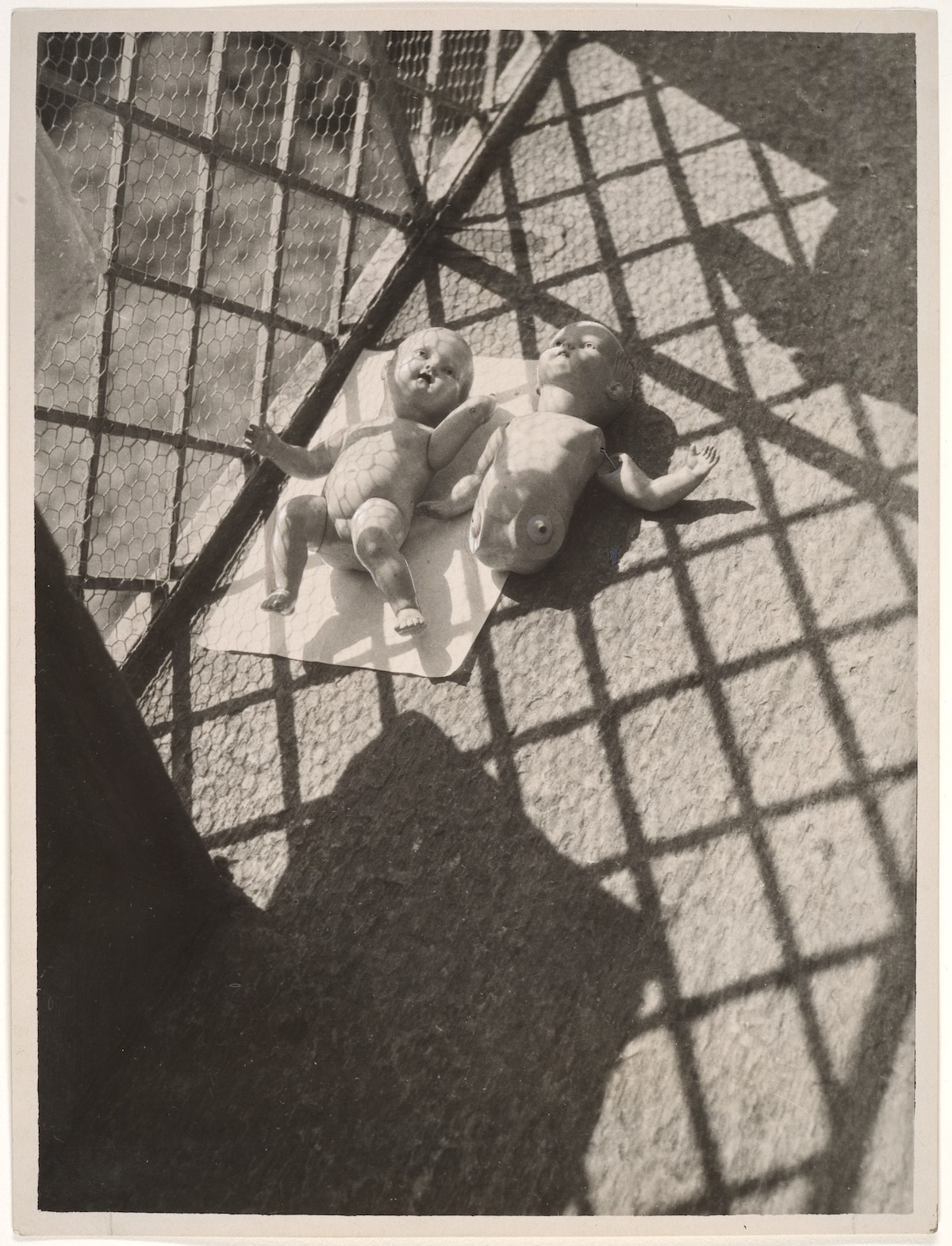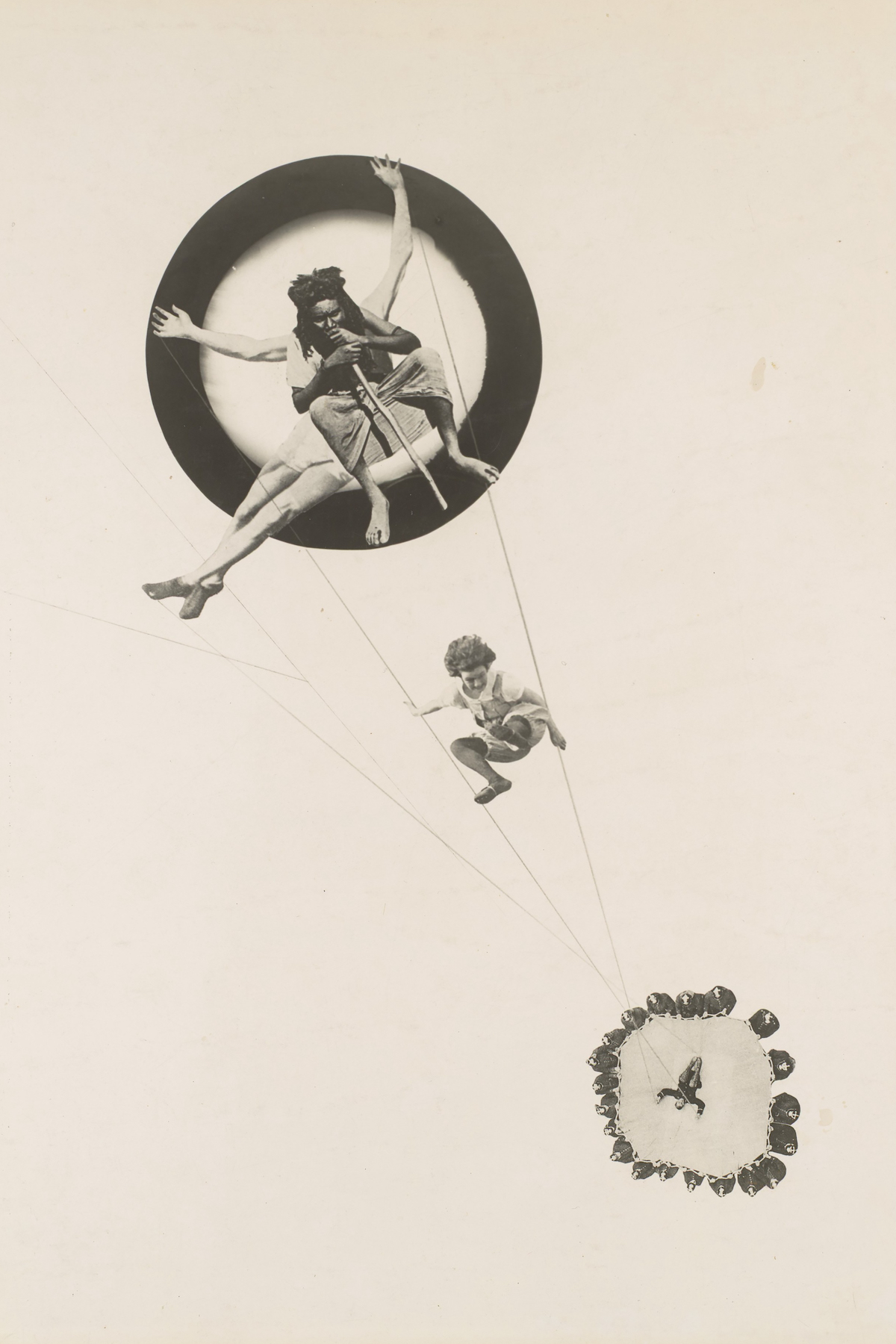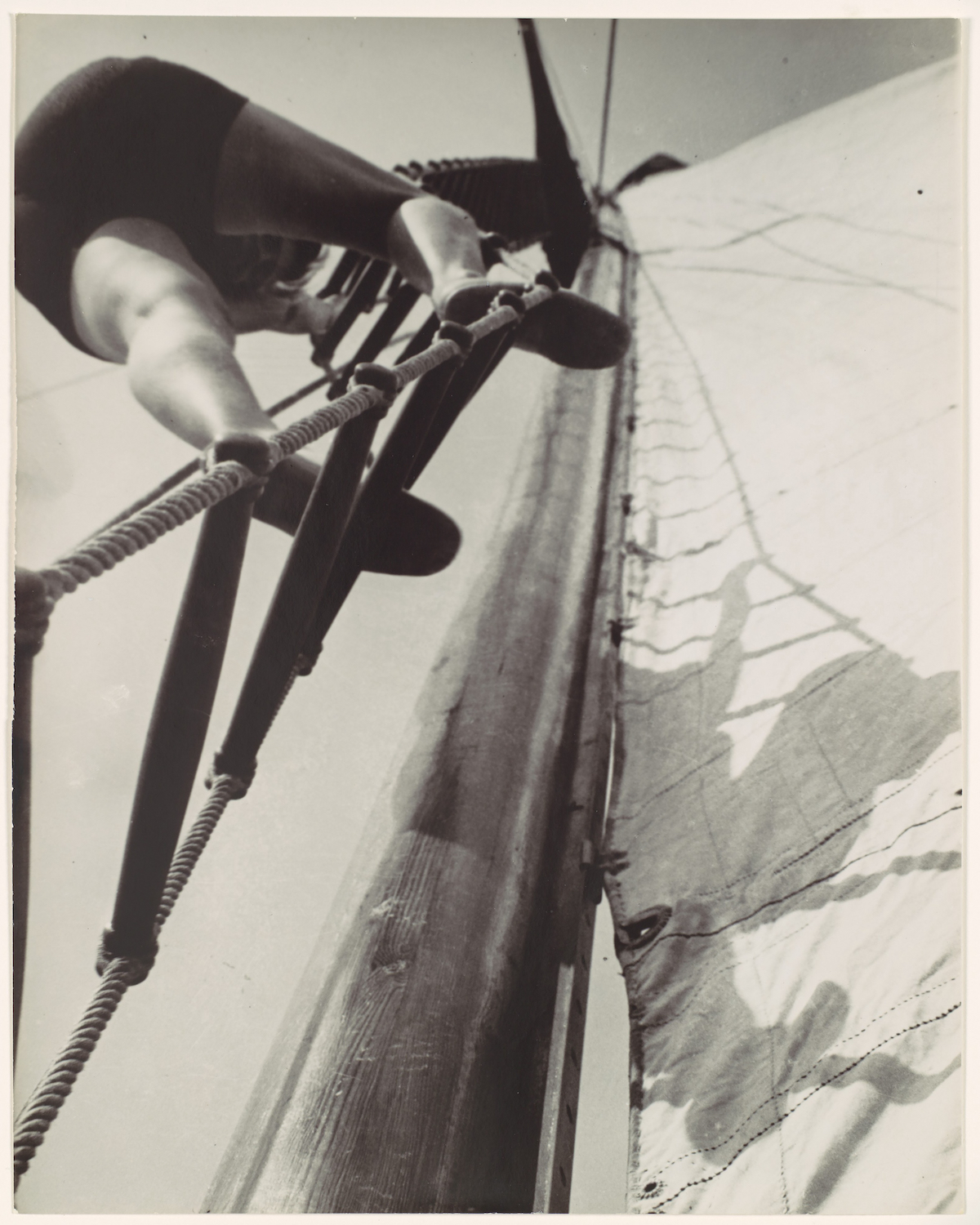László Moholy-Nagy (July 20, 1895 – November 24, 1946) was a Jewish Hungarian poet, painter and photographer before he became the major proselytiser of the new avant-garde vision at the Bauhaus school, where has taught as a professor and succeeded is working across disciplines.
Influenced by constructivism and a strong advocate of the integration of technology and industry into the arts, the critic Peter Schjeldahl called him “relentlessly experimental” on account of his pioneering abstract and figurative work in painting, drawing, photography, collage, sculpture, film, theatre and writing.
He collaborated with other artists, including his first wife Lucia Moholy, who introduced him to making photograms on light-sensitised paper, Walter Gropius, Paul Klee, Marcel Breuer and Herbert Bayer. His most notable accomplishment was the School of Design in Chicago, which survives today as part of the Illinois Institute of Technology.
Buy László Moholy-Nagy artwork in the shop.
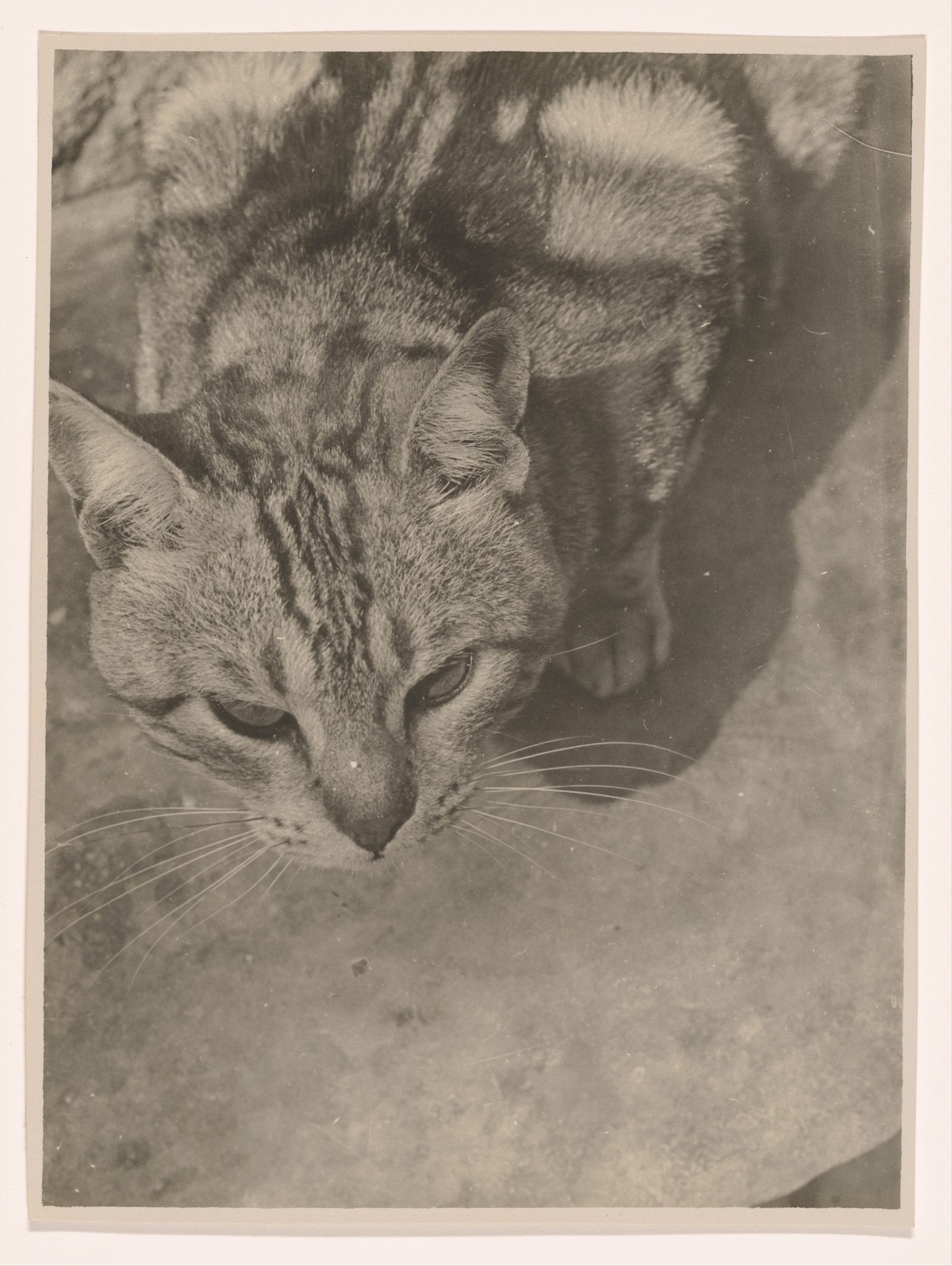
Cat, Seen From Above, ca. 1926,
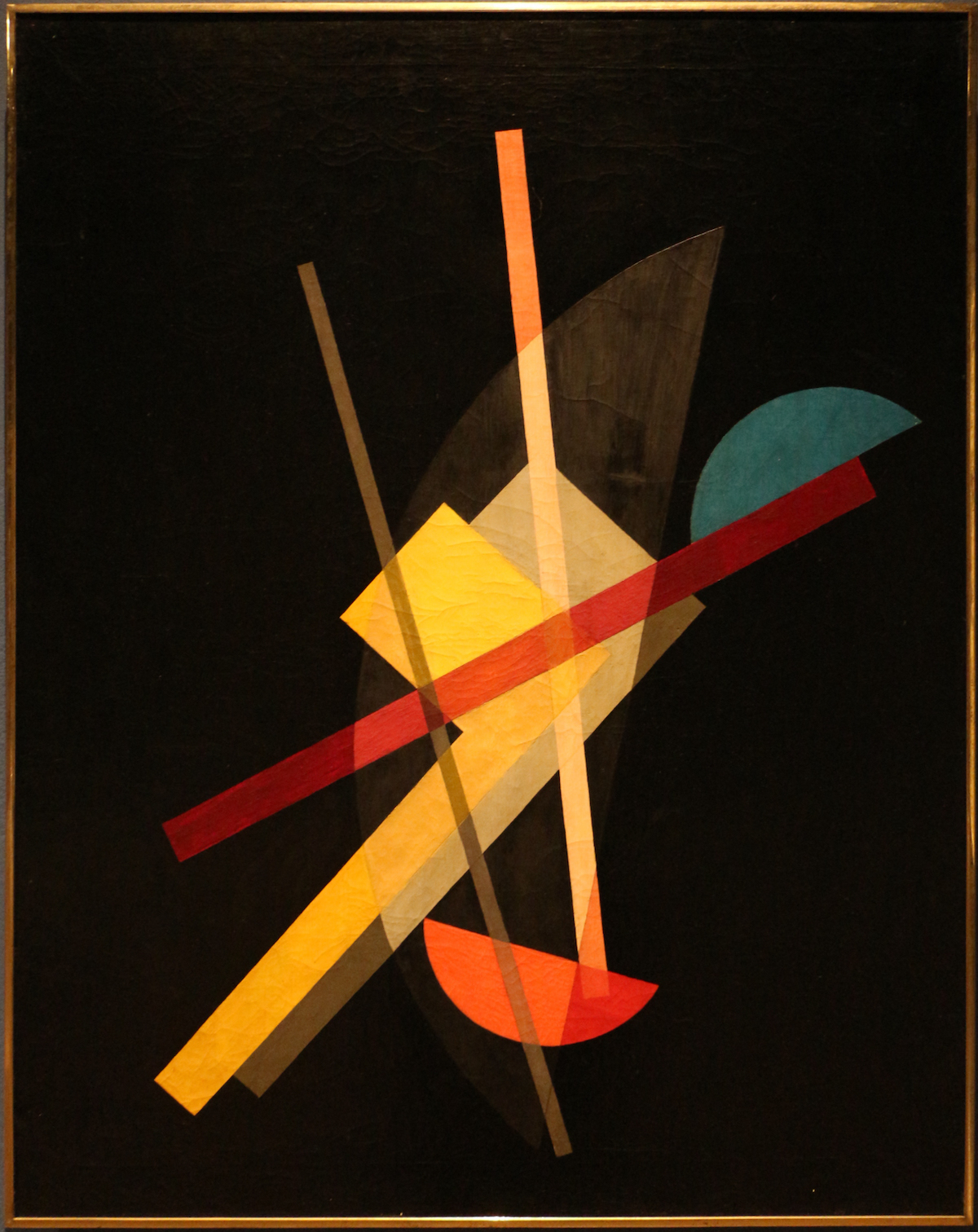
László moholy-nagy, D IV. 1922
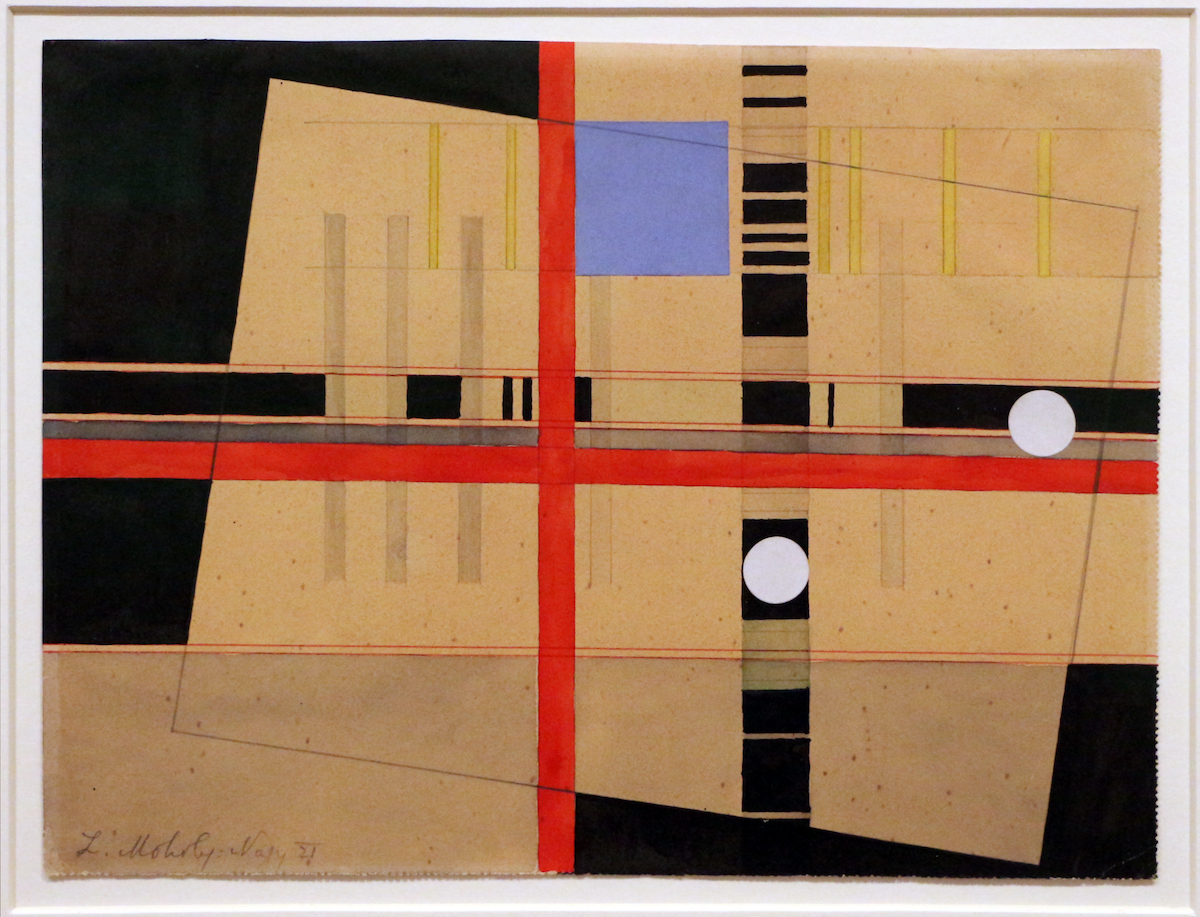
László Moholy-Nagy, croce rossa e palle bianche, 1921 (museum kunstpalast, düsseldorf)
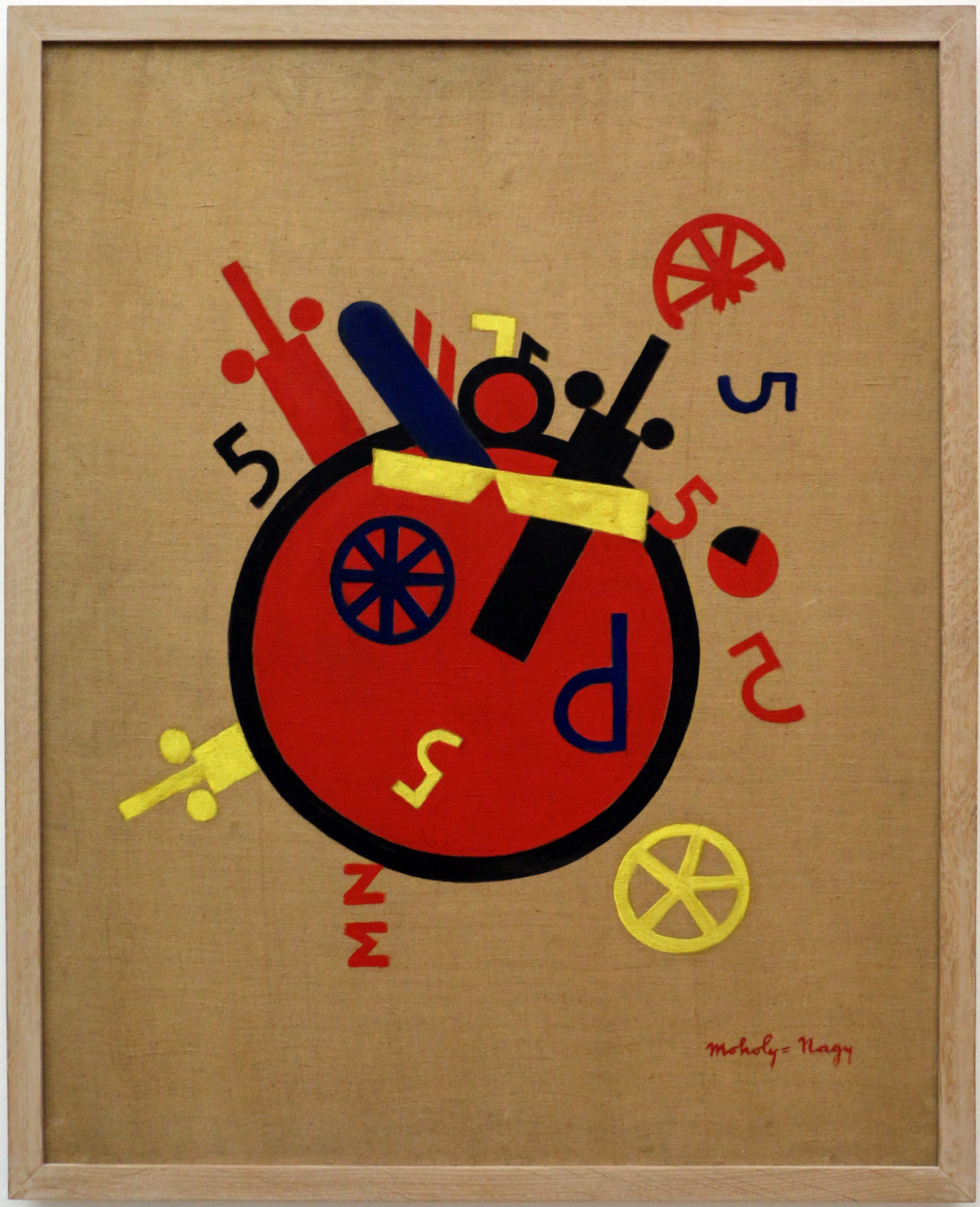
Làszlo moholy-nagy, la grande macchina delle emozioni, 1920
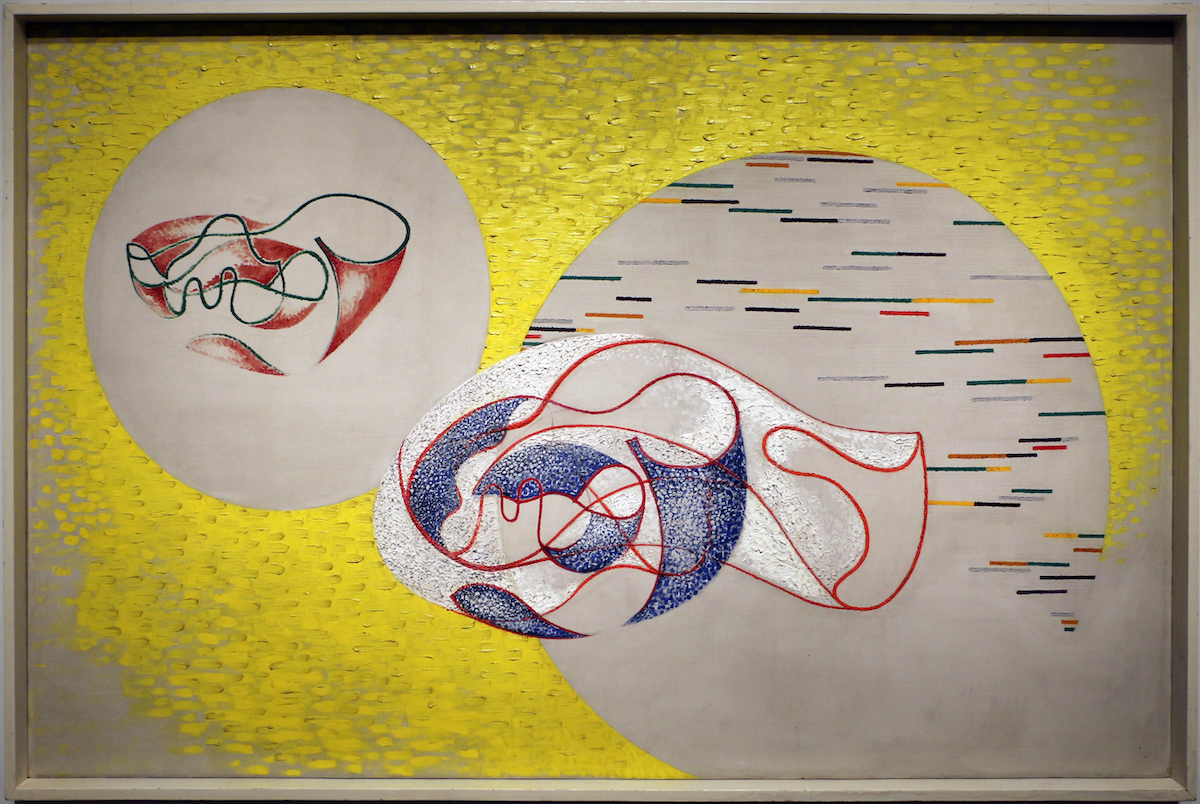
Moholy-Nagy- Future Present
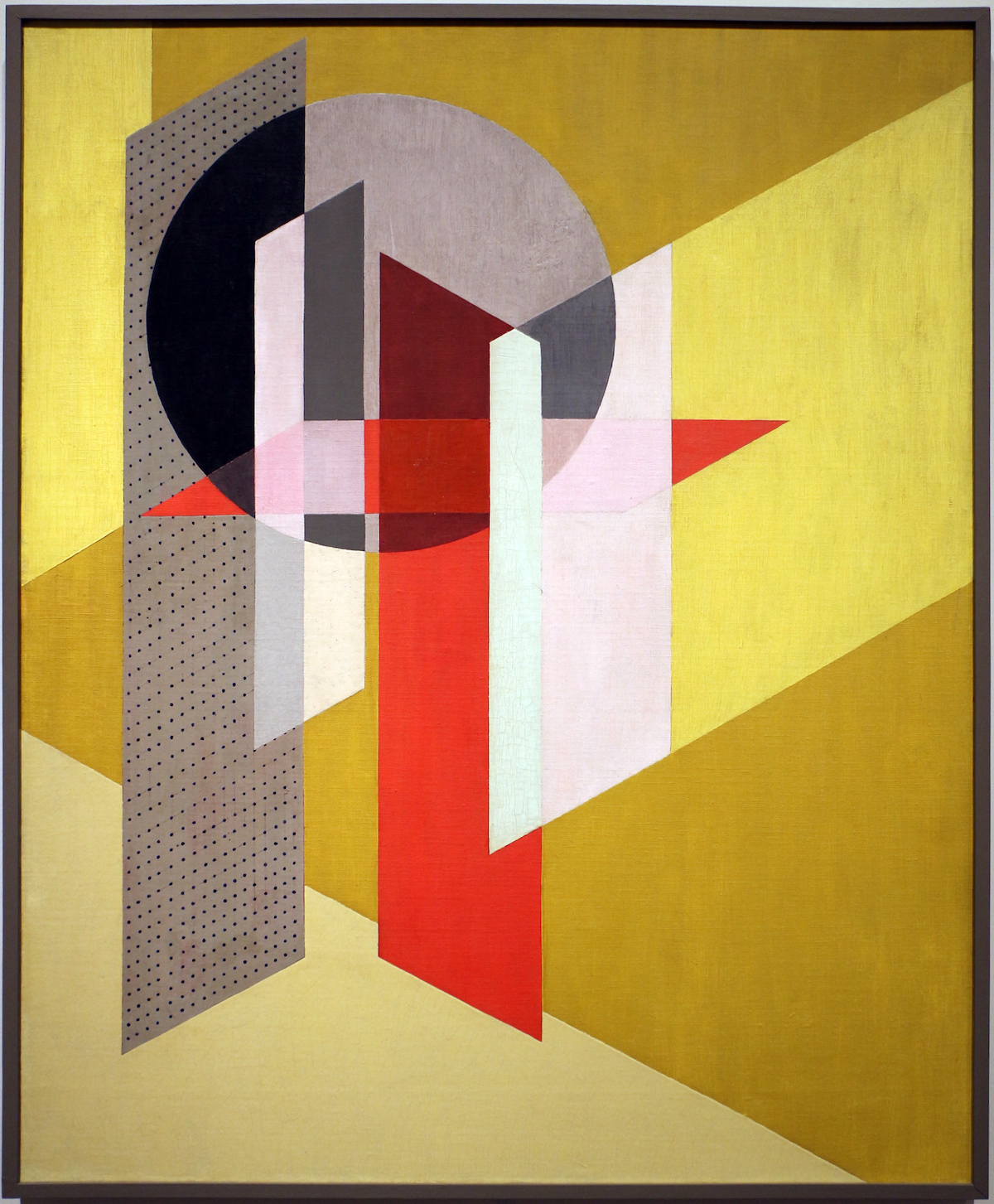
László Moholy-Nagy, Z VII, 1926
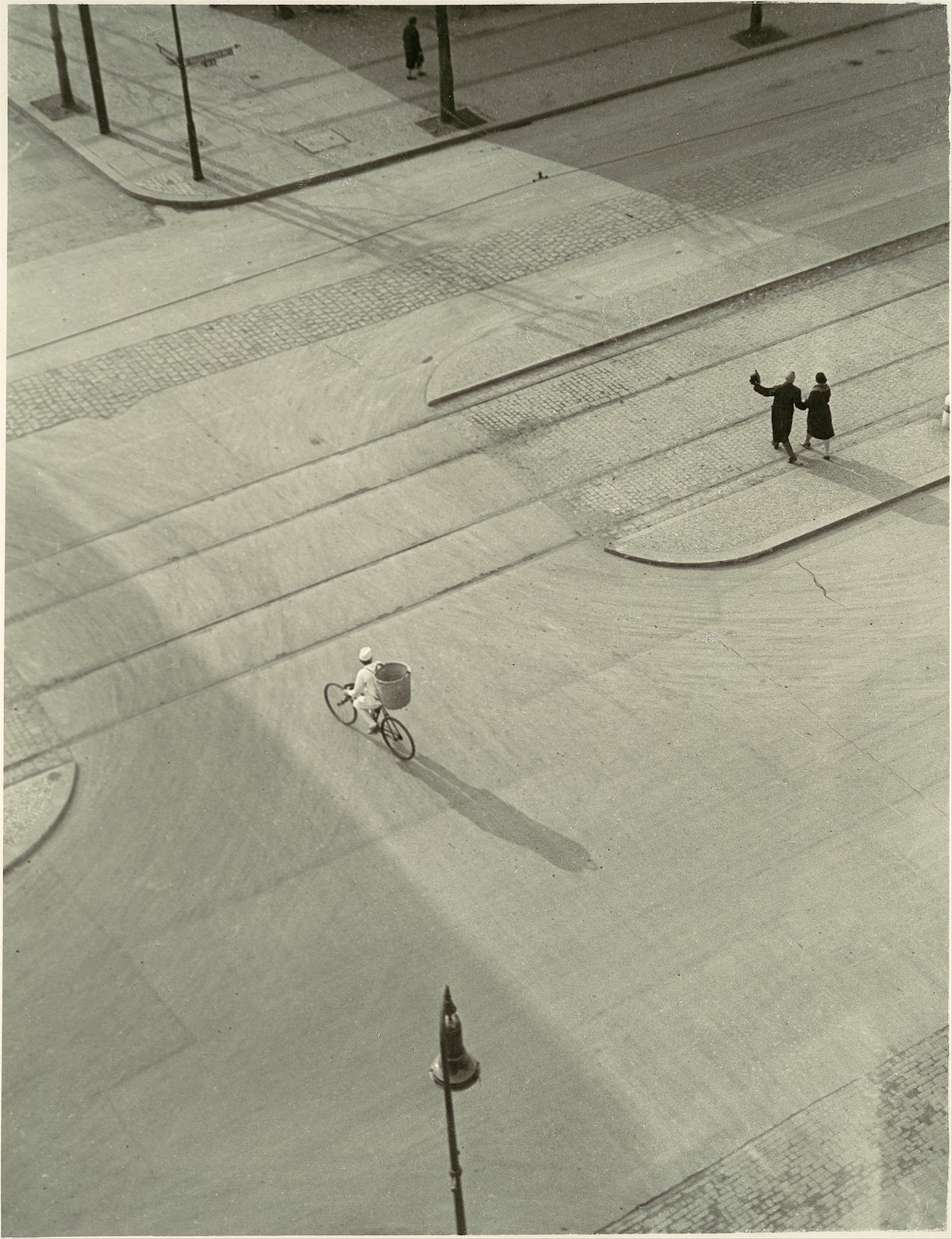
A.M. (New Year’s Morning), ca. 1930
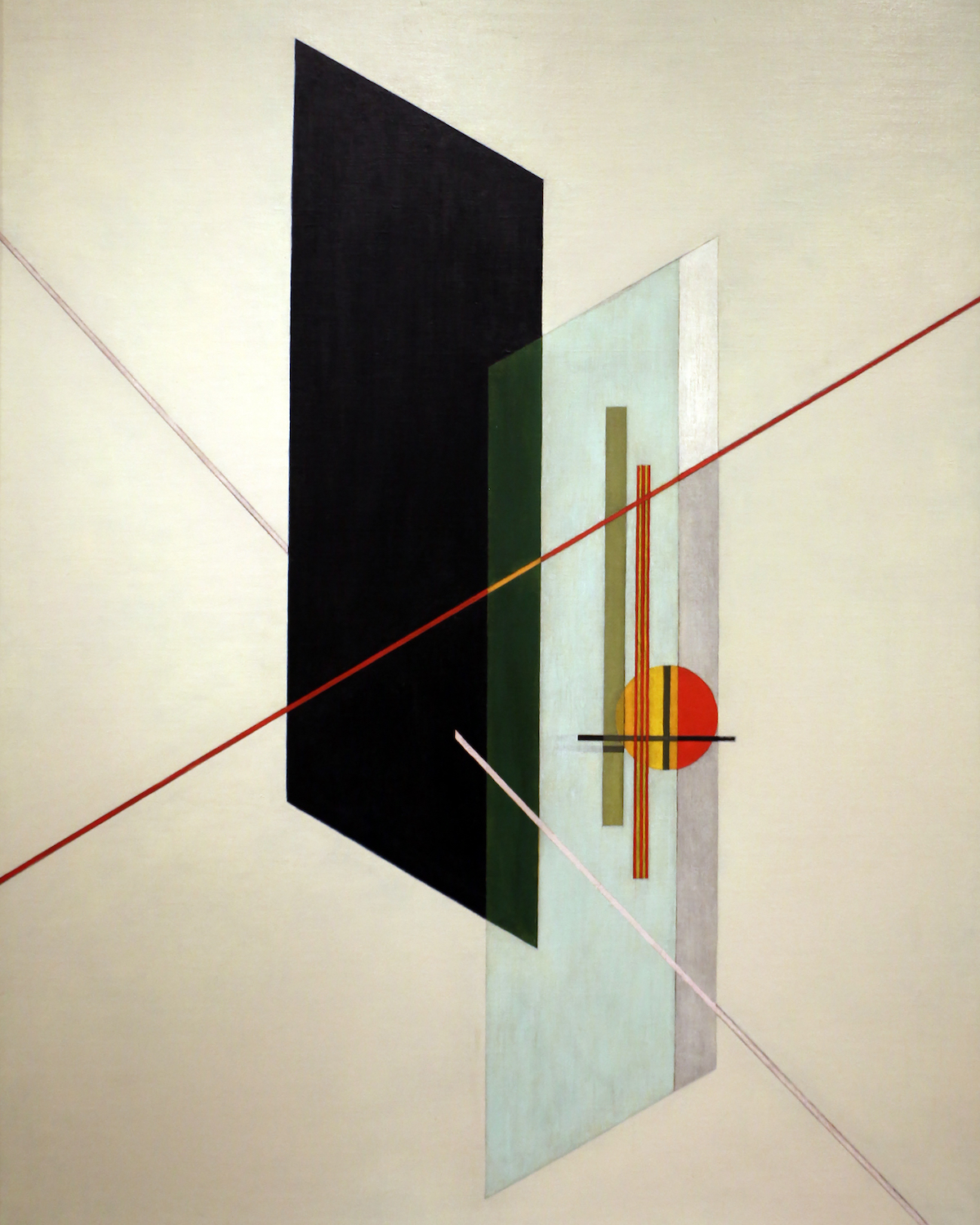
László Moholy-Nagy, A IX, 1923
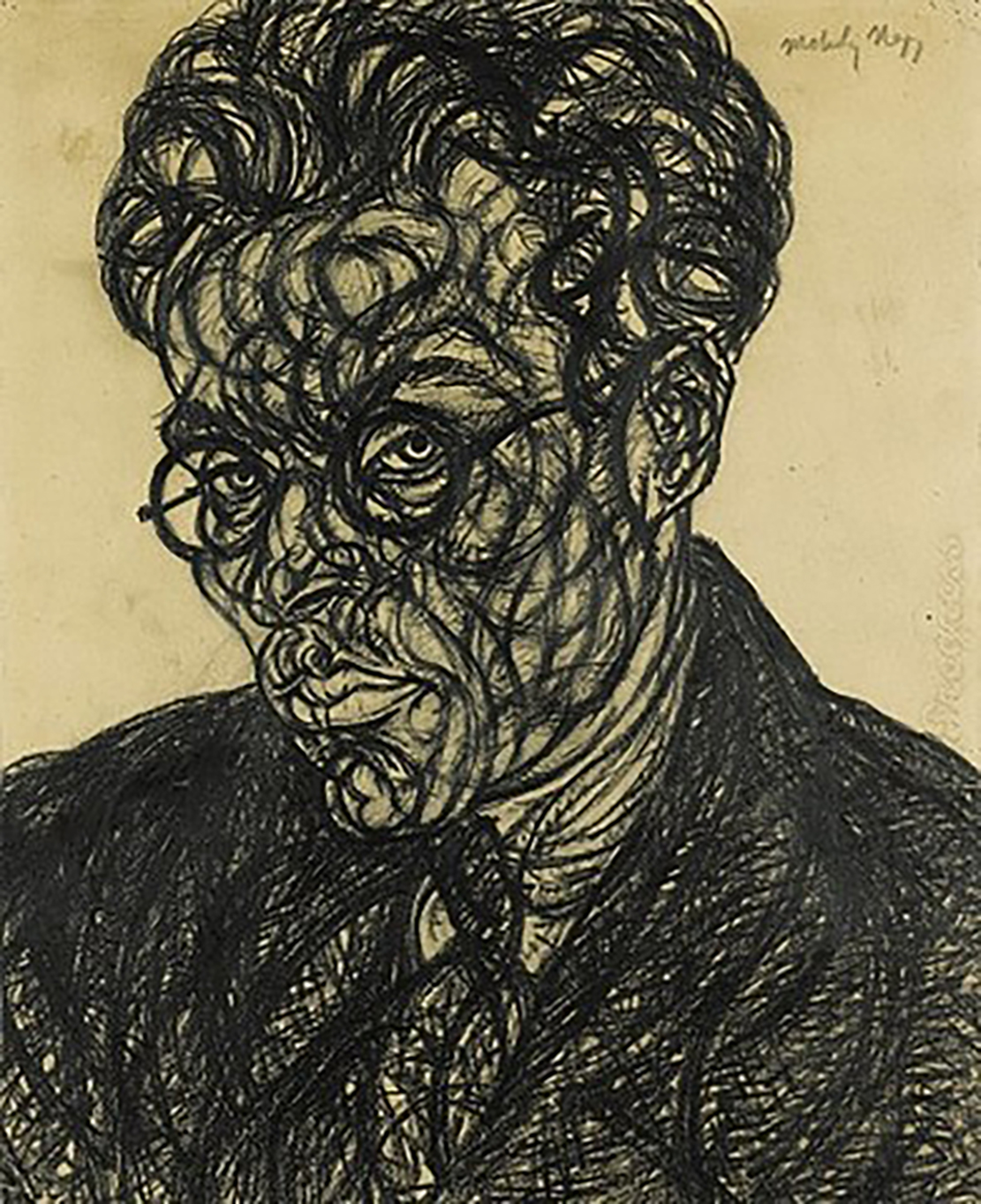
László Moholy-Nagy self-portrait
Buy László Moholy-Nagy artwork in the shop.
Would you like to support Flashbak?
Please consider making a donation to our site. We don't want to rely on ads to bring you the best of visual culture. You can also support us by signing up to our Mailing List. And you can also follow us on Facebook, Instagram and Twitter. For great art and culture delivered to your door, visit our shop.


